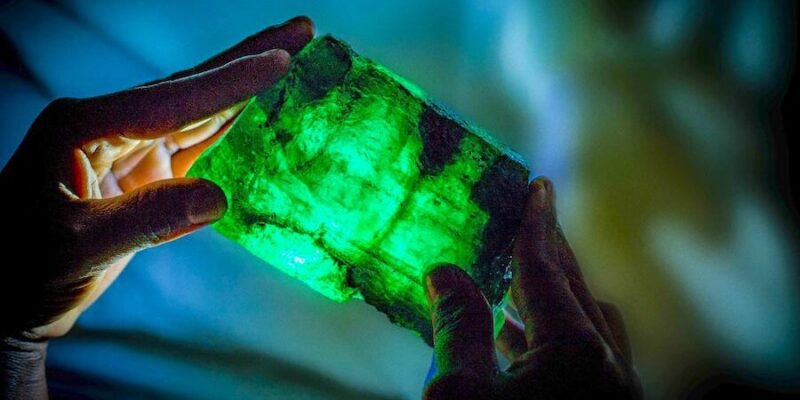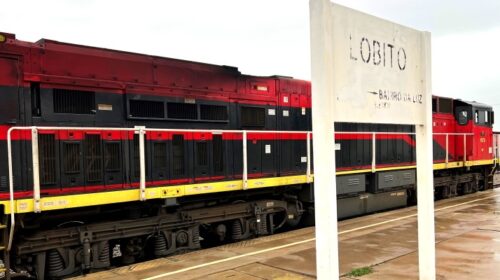Zambia Tops Global Emerald Production but Faces Local Industry Dilemma
Amidst Cheers and Conundrums in Emeralds Zambia claims the crown in global emerald production, marking a milestone in President Hakainde Hichilema’s tenure.
This success, however, is shadowed by a perplexing issue: local companies in Zambia are unable to acquire these precious stones from their homeland. The enigmatic reasons behind this oddity cast uncertainties on the gemstone market and the Zambian economy.
While Zambia revels in its emerald prowess, the inability of domestic companies to secure these stones poses a dilemma. This paradox poses a threat to the growth of the local gemstone industry.
The exact cause remains elusive, but the consequences may stunt local economic potential, job opportunities, and technological advancement in gemstone processing.
Lifezone Metals Limited, a pivotal player in Zambia’s emerald landscape, collaborates with a Glencore plc subsidiary. Together, they’re charting a phased plan, spearheading a commercial-scale recycling facility for Platinum Group Metals (PGMs).
This venture focuses on responsibly sourcing spent automotive catalytic converters, utilizing Lifezone’s Hydromet technology. Claiming higher efficiency and reduced emissions, this eco-friendly approach reshapes the gemstone production paradigm, signaling a sustainable future.
In a separate development, Petra Diamonds from South Africa explores a non-binding deal for the sale of its Koffiefontein diamond mine in Zambia.
Scheduled to deplete reserves by 2025, the mine entered care and maintenance in November 2022. If the sale falters, Petra plans to decommission and close the mine, marking a significant chapter’s end in Zambia’s diamond mining history. This potential shift hints at transformative dynamics in the global diamond market.
145 total views , 1 views today





